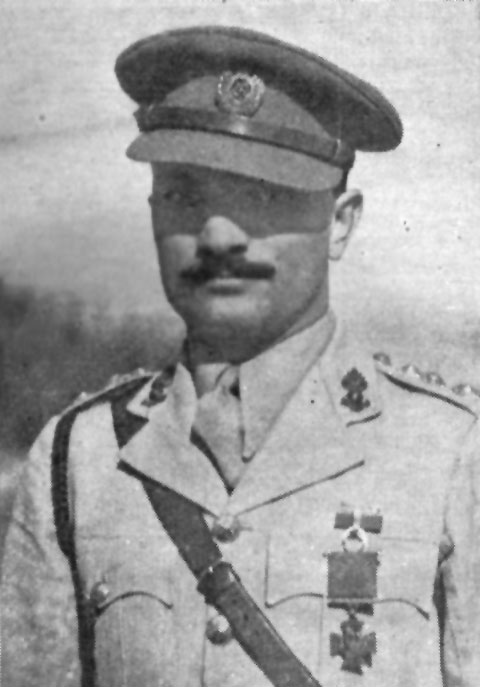Albania. Overnight, Greek destroyers shell the Albanian port of Vlorë. 20 miles South, Italian destroyers Alfieri, Carducci, Fulmine and Gioberti plus torpedo boats Partenope, Pallade, Romeda and Altair shell Greek positions on the Albanian coast at Porto Palmermo. The Greek offensive against Italian positions in the mountains of Albania reaches the strategically important Klisura Pass on the river Vjosë, which will allow Greek forces in the center of the front to link up with troops on the coast. They meet stiff Italian resistance, including the new Fiat-Ansaldo M13/40 tanks which are devastated by Greek artillery.
Operation Compass. British 4th Armoured Division advances 50 miles from Bardia to take Belhamed to the East of Tobruk and the airfield at El Adem (8 miles South of Tobruk) unopposed. They also probe another 10 miles further to Acroma, West of Tobruk.
At 11.37 AM, U-124 sinks British SS Empire Thunder 200 miles Northwest of Outer Hebrides, Scotland (9 killed, 30 crew picked up by British armed boarding vessel HMS Kingston Onyx). British destroyers HMS Mashona and Sikh collide in the naval base at Scapa Flow, Scotland.
Convoy Excess (British steamers Essex, Clan Cumming, Clan Macdonald & Empire Song) leaves Gibraltar bound for Malta and Greece, escorted by anti-aircraft cruiser HMS Bonaventure (carrying 400 troops) and destroyers HMS Hereward, Jaguar, Hasty & Hero. British cruisers HMS Gloucester & Southampton, escorted by destroyers HMS Ilex & Janus, depart Alexandria, Egypt, at 1.15 PM to carry 510 Army & RAF personnel to Malta and to meet Excess convoy.
German raider Kormoran stops Greek steamer Antonis in the Atlantic, 200 miles Northwest of Cape Verde Islands. Antonis is scuttled when 4,800 tons of British coal is found on board. All 29 crew and 7 sheep are taken on board Kormoran. The sheep are cooked and the crew taken prisoner.
